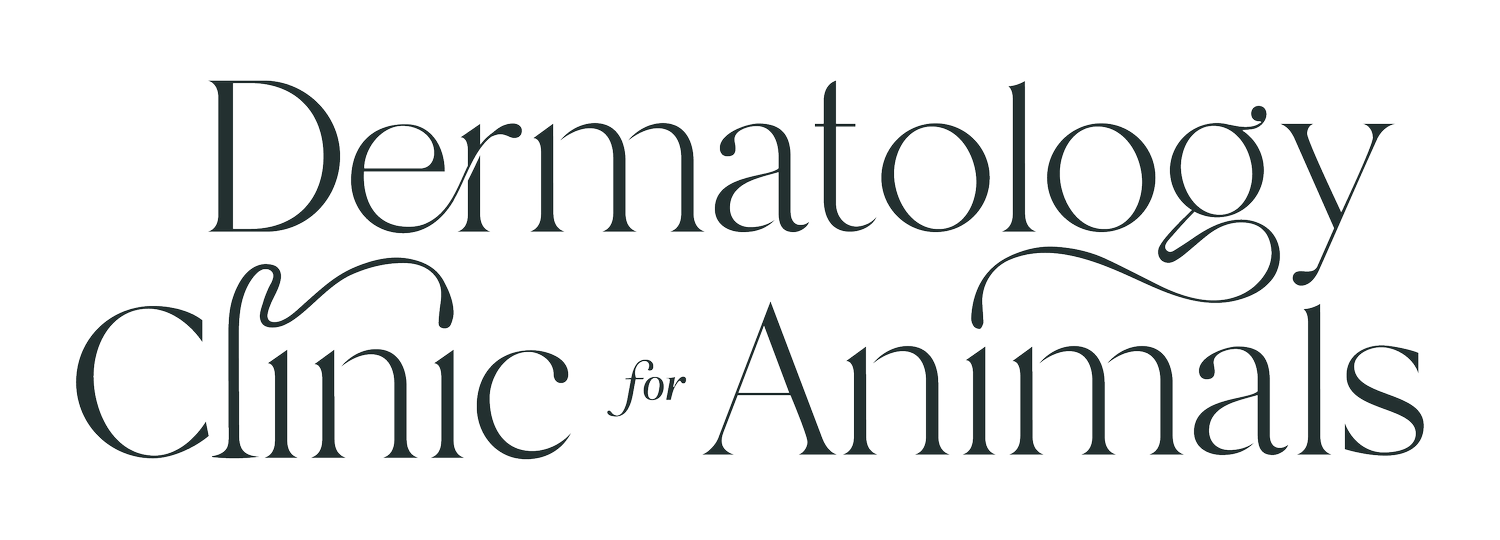Eosinophilic Granuloma Complex | Cats
-
Eosinophilic granuloma complex is not an actual disease but is a symptom of an underlying disorder. Usually there is an underlying hypersensitivity such as food allergy, parasite hypersensitivity, or pollen/dust allergies. In some cases, no underlying disease can be found and in these rare cases, the cause may be genetic.
-
All of the forms of eosinophilic granuloma complex are common in cats. Cats can have one, two, or all three types of lesions at the same time. Females may be more commonly affected but cats of any age, breed, or sex can be affected.
-
Feline indolent ulcer - The lesions occur most commonly on or around the upper lips. They start as small erosions which may enlarge and become ulcerated, swollen and disfiguring but are not usually painful or itchy.
Feline eosinophilic plaque - Usually the lesions are on the abdomen or medial thighs. The lesions are raised, well-circumscribed, red, and sometimes ulcerated and can be somewhat large. These lesions are commonly itchy and often secondarily infected with bacteria.
Feline eosinophilic granuloma - The lesions usually occur on the thighs, face, or in the mouth. On the skin the lesions are raised, well-circumscribed, nodular to linear, firm swellings which may be pink or ulcerated. The lip lesions can give cats a pouty appearance from a swollen lower lip. Oral granulomas are raised, white to pink nodules or plaques which may be on the tongue or palate. The lesions are usually not itchy.
-
See Clinical Signs.
-
Feline eosinophilic granuloma complex is made up of three different disease presentations. The first is feline indolent ulcer, also known as an eosinophilic ulcer or rodent ulcer. The second is feline eosinophilic plaque and the third is feline eosinophilic granuloma, also known as a linear granuloma.
-
Diagnosis is made based on clinical signs, skin scrapings with microscopic analysis to identify potential parasites or secondary skin infection, and biopsy of skin lesions. Investigation of the underlying allergic cause is also essential and may include trial treatment for skin parasites, a hypoallergenic diet trial for possible food allergy, and/or intradermal allergy testing for pollen/dust allergies.
-
Since this is not a specific disease but a reaction pattern, prognosis depends on the underlying cause. Most of the underlying hypersensitivity disorders carry a good prognosis with appropriate diagnosis and treatment.
-
Successful treatment depends on determining and treating the underlying hypersensitivity. Steroids are often used and may be helpful in some cases to make the lesions regress while the underlying allergy is addressed. Other immunosuppressive drugs such as cyclosporine may be used in refractory cases of eosinophilic granuloma complex.



